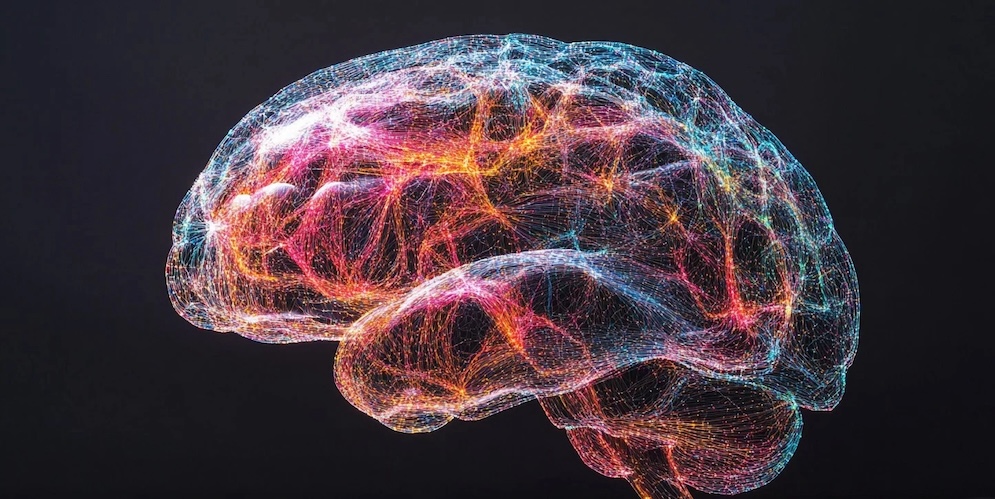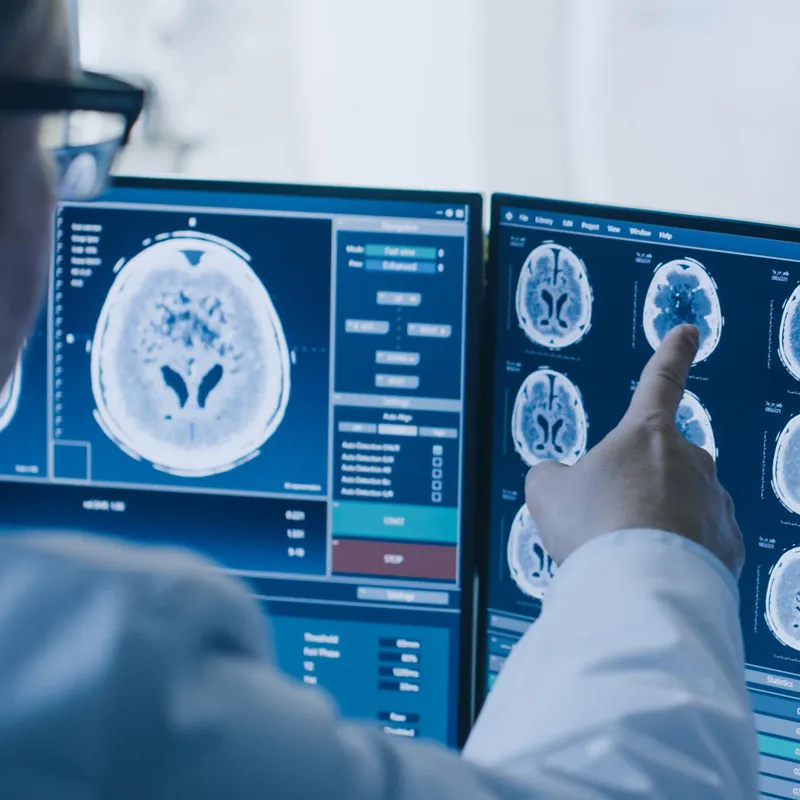DMT, or dimethyltryptamine, is known for granting users access to profound, often indescribable realms of universal consciousness. These experiences frequently involve encounters with extraterrestrial beings, intense spiritual revelations, and direct confrontations with death itself. When used correctly, DMT propels individuals on a mind-bending journey, where the boundaries of the physical body dissolve, and one is catapulted from the comfort of a couch into the vast expanse of cosmic consciousness—all within the span of 20 minutes. However, the mystery of this powerful substance deepens when we consider that DMT is naturally produced by the human body. Despite this extraordinary fact being discovered more than 60 years ago, science has yet to answer one of the most intriguing psychedelic questions: Why does the human body synthesize this potent psychedelic compound?
Historical research and early theories

The journey into understanding DMT began in 1956 when Hungarian chemist and psychiatrist Stephen Szara became the first to self-administer synthetic DMT, experiencing its profound subjective effects. Szara’s pioneering work laid the foundation for exploring DMT’s role in the human body, with early theories suggesting that DMT might act as a “schizotoxin,” potentially contributing to conditions like schizophrenia. This hypothesis posited that DMT could be responsible for certain hallucinatory symptoms in psychiatric disorders. However, scientific exploration of this theory was abruptly cut short when the Controlled Substance Act of 1970 criminalized DMT, halting research for decades.
Modern research revival
It wasn’t until the early 1990s that DMT research was revived, thanks to the groundbreaking work of Dr. Rick Strassman. His studies at the University of New Mexico marked the first human psychedelic research in over 20 years. Strassman administered more than 400 doses of DMT to volunteers, which led him to famously refer to the compound as the “Spirit Molecule.” This term captured the essence of DMT’s profound ability to act as a bridge between subjective human experience and objective reality. Strassman proposed that DMT might offer a biological explanation for extraordinary experiences like near-death experiences (NDEs), mystical encounters, and even the subjective sensation of dying.
The spirit molecule hypothesis
Strassman’s hypothesis gained traction, particularly with his suggestion that a surge of endogenous DMT—naturally produced by the brain—could play a critical role in the process of dying. This idea was vividly represented by Alex Grey’s artwork, “Dying,” which graced the cover of Strassman’s book, DMT: The Spirit Molecule. Grey’s artwork depicts the ethereal transition between life and death, where a misty vapor leaves the body during a psychedelic passage from the physical to the metaphysical realm. Strassman’s hypothesis received further validation in 2019 when researchers compared the experiences of people who had undergone DMT trips with those who had lived through near-death experiences. The similarities between the two, as measured by a standard NDE scale, were strikingly close, suggesting that the brain’s release of DMT could indeed play a role in shaping the experience of death.
DMT in normal and extraordinary conditions
However, DMT isn’t just present during extraordinary moments like NDEs. It is also found in the body under normal conditions, hinting at a more routine physiological role that extends beyond inducing psychedelic experiences. Recent studies have suggested that DMT may be involved in a range of everyday functions, including protection against hypoxic stress, modulating immune responses, reducing inflammation, promoting neuroplasticity, and even influencing dream states. These findings open up fascinating possibilities about DMT’s role in everyday brain functions, though it is clear that research into endogenous DMT is still in its early stages, and much remains unknown.
The significance of endogenous DMT
What makes DMT particularly intriguing is that modern psychedelic research, much of which is focused on therapeutic uses and the effects of administered substances, often overlooks the potential significance of the body’s own DMT system. This natural psychedelic system, if better understood, could unlock a deeper understanding of how psychedelics work in general and provide insights into naturally occurring altered states of consciousness. Delving further into the study of endogenous DMT may reveal how it supports not only these mystical, death-like experiences but also more subtle, everyday biological processes.
The ongoing mystery and future research
As we stand on the edge of a new wave of psychedelic research, the question of DMT’s purpose within the human body remains one of the most compelling mysteries. From the incredible experiences it induces to its potential roles in everyday health, DMT challenges our understanding of consciousness, biology, and the boundaries between life and death. Science may be far from uncovering all of DMT’s secrets, but the journey into understanding this enigmatic substance is only just beginning.




